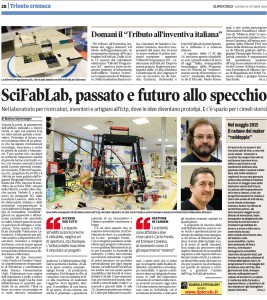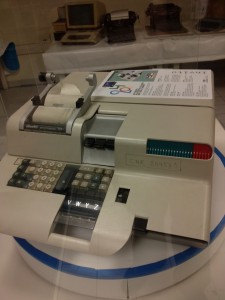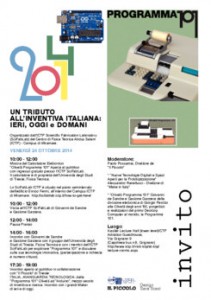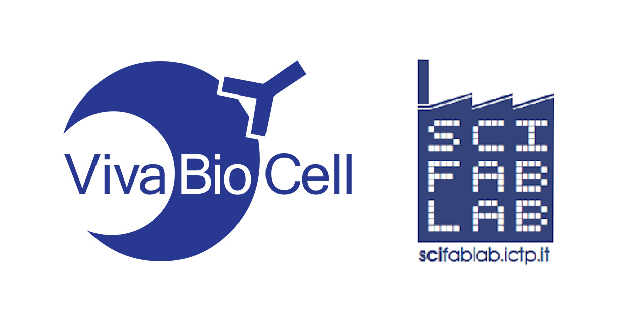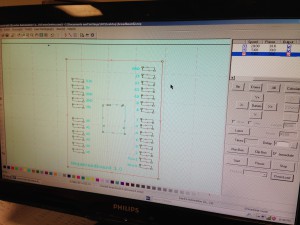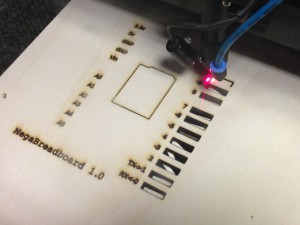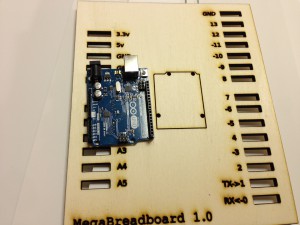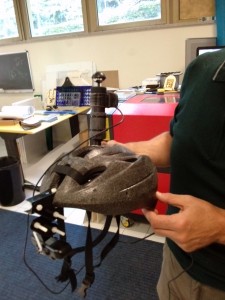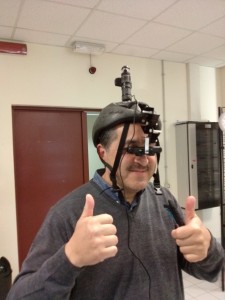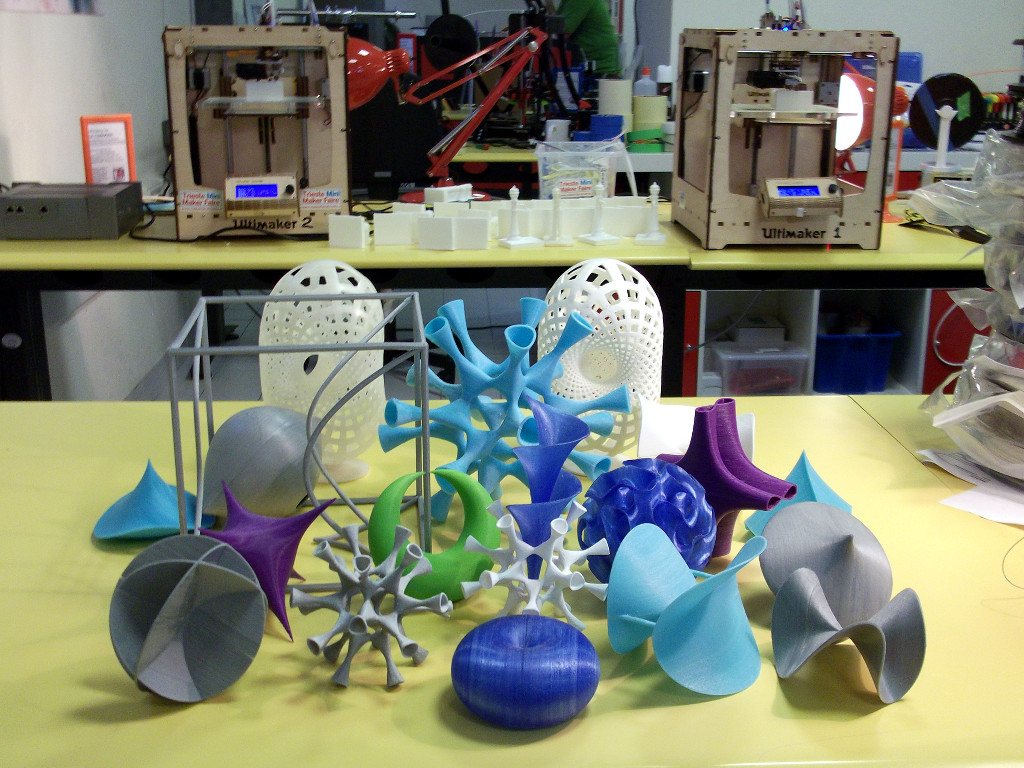Dopo 45 anni, abbiamo rimesso in funzione un desktop computer Olivetti Programma 101, stampando una cinghia ad-hoc con le nuove stampanti 3D a basso costo presso l’ICTP Scientific FabLab. Il tutto sotto la guida di Gastone Garziera durante la sua visita con Giovanni de Sandre, entrambi dal gruppo originale di progettisti e sviluppatori di Pier Giorgio Perotto dell’Olivetti di Ivrea.
Making a desktop computer Olivetti Programma 101 work after 45 years by using an ad-hoc soft belt printed with the new low-cost 3D printers of the ICTP Scientific FabLab in Trieste, Italy; under the guidance of Gastone Garziera, during his visit together with Giovanni de Sandre, from the famous Pier Giorgio Perotto’s Group at Olivetti, Ivrea.


